gnuyork
Well-known
I agree with many points of the OP on love/hate for digital. I shoot both and if I had to choose one, I'd prefer film, if nothing else it's because it's more of a challenge to me, but fully agree with the points about selective shooting due to film scarcity and costs. Often I choose not to bring a film camera somewhere because I don't want to waste my precious film. With digital that leads to more freely shooting and experimentation.
One thing I do try to do is make my images not look digital. I'm not sure I succeed, because that is quite subjective. But I do like the flexibility with digital and I enjoy the post work in Lightroom.
Here are a few of my digital black and whites...
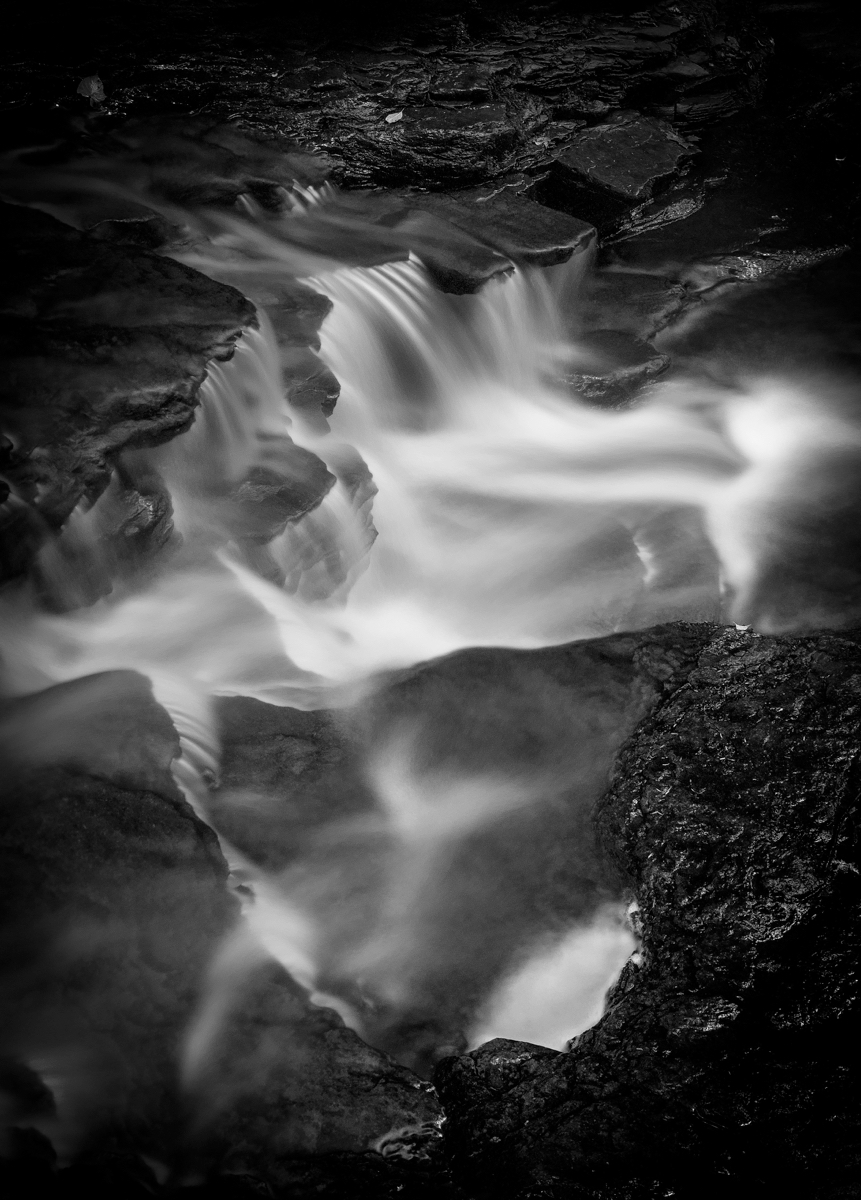
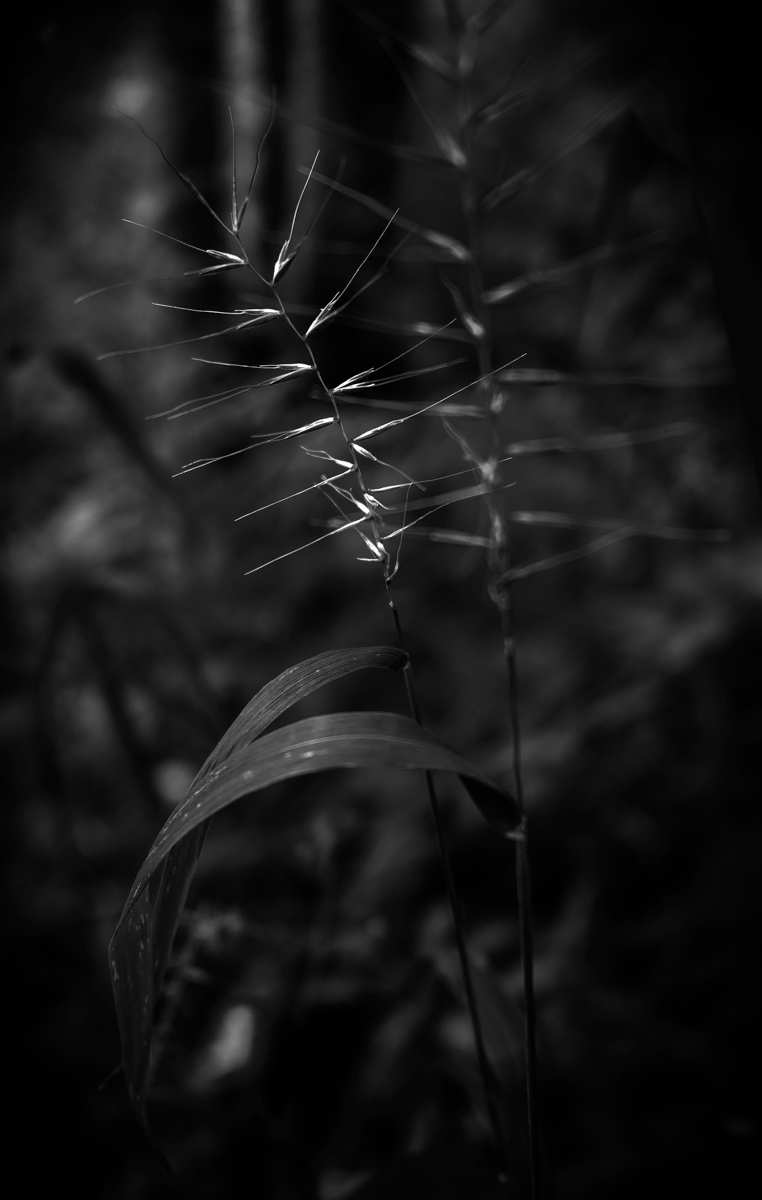
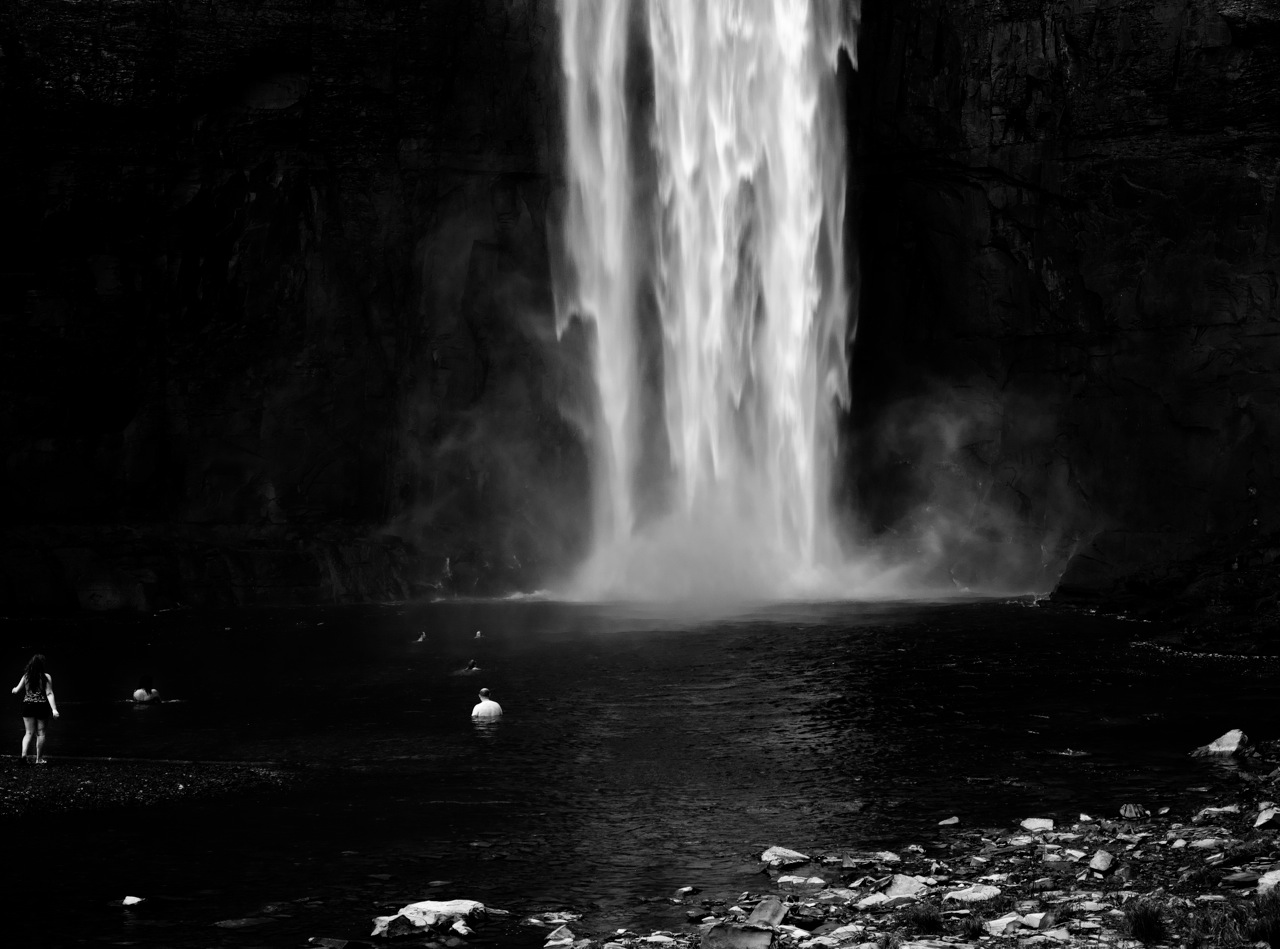
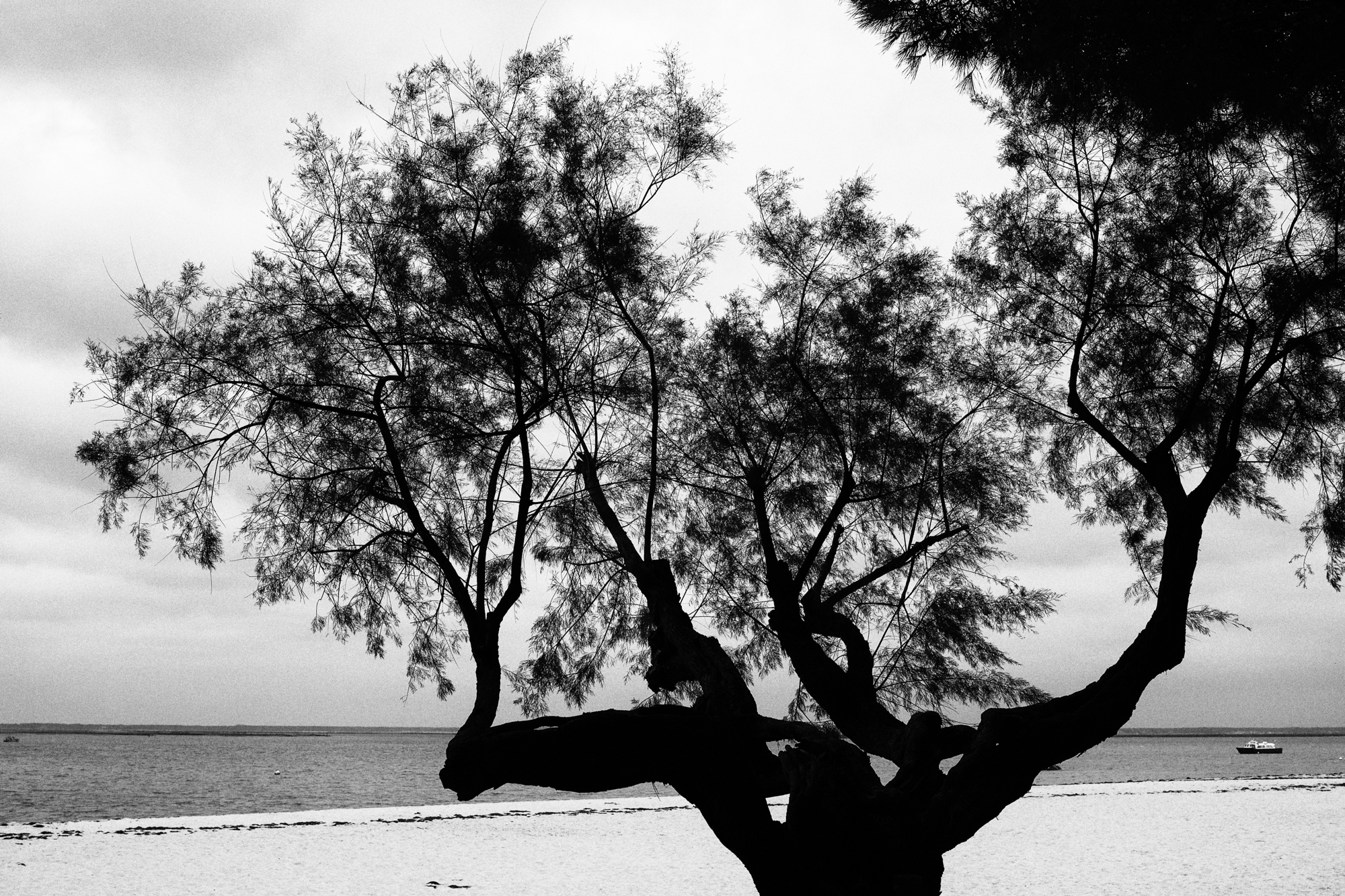
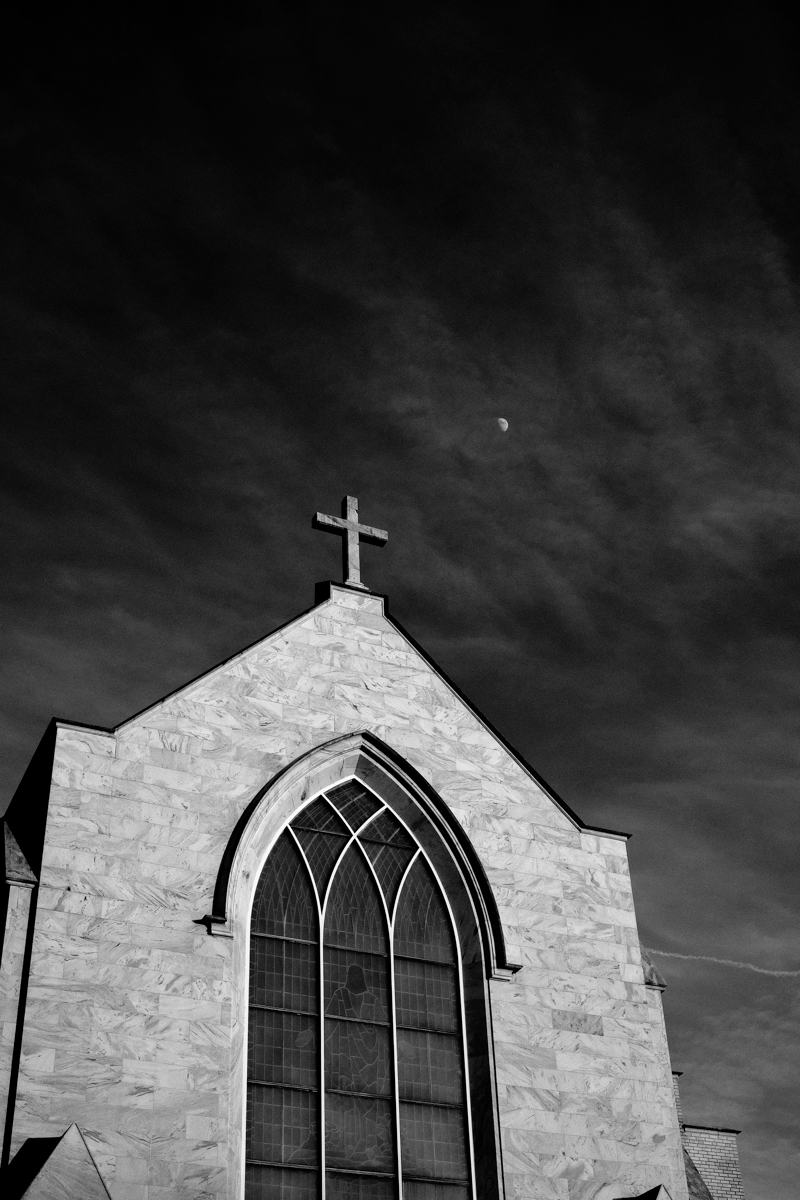
and here is a scan of a film version of the last pic...completely different days, and angle:
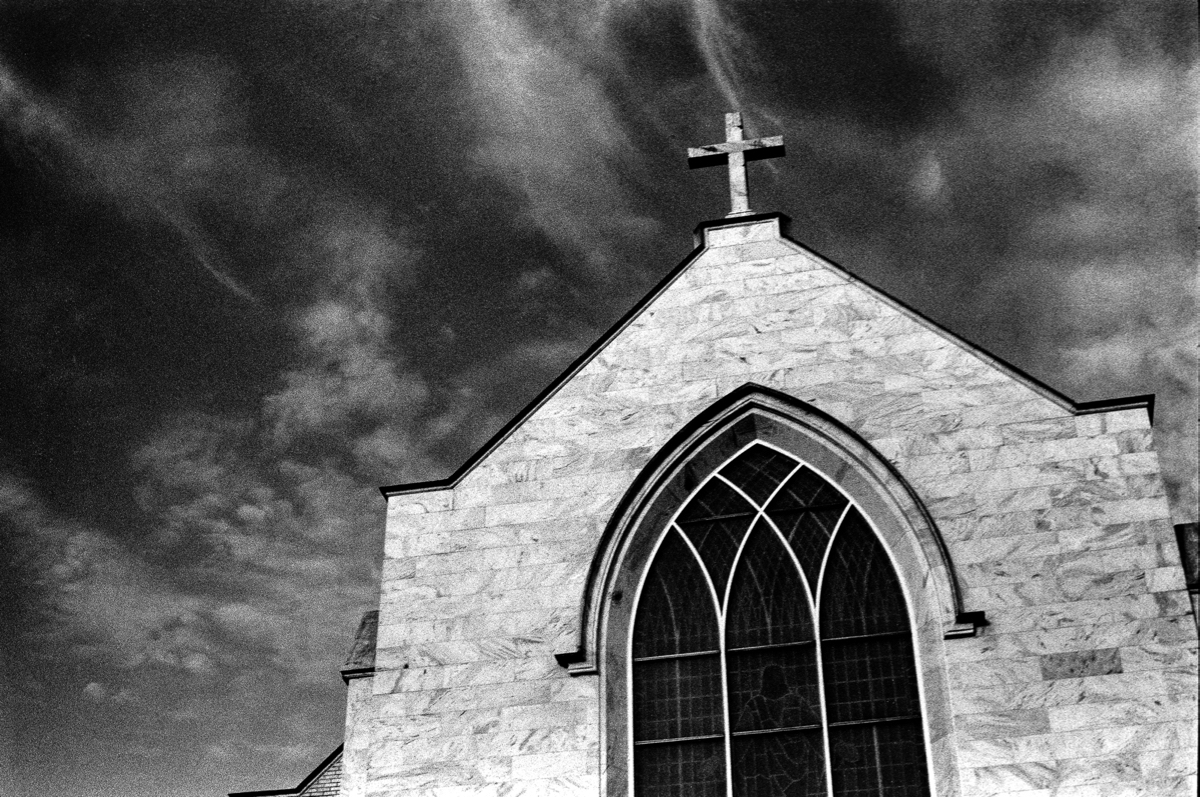
One thing where I find digital still fails is very large prints. A prime example, just yesterday I was at a gallery and saw very large 64x96" photo of one of my favorite trees in a local location...and when I got up close enough to it, you could just see the image fall apart...purple fringing around all of the branches, lack of detail... I was disgusted. And mainly because that's my tree, how dare he (joking)...but it was listed for $16,000!! If that were shot on 8x10 or 4x5 even it would be so much better.
One thing I do try to do is make my images not look digital. I'm not sure I succeed, because that is quite subjective. But I do like the flexibility with digital and I enjoy the post work in Lightroom.
Here are a few of my digital black and whites...





and here is a scan of a film version of the last pic...completely different days, and angle:

One thing where I find digital still fails is very large prints. A prime example, just yesterday I was at a gallery and saw very large 64x96" photo of one of my favorite trees in a local location...and when I got up close enough to it, you could just see the image fall apart...purple fringing around all of the branches, lack of detail... I was disgusted. And mainly because that's my tree, how dare he (joking)...but it was listed for $16,000!! If that were shot on 8x10 or 4x5 even it would be so much better.


